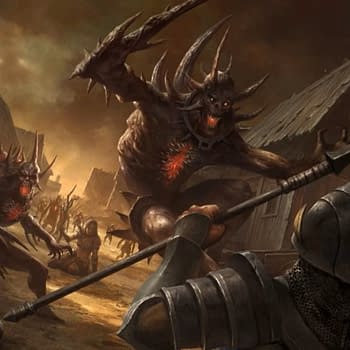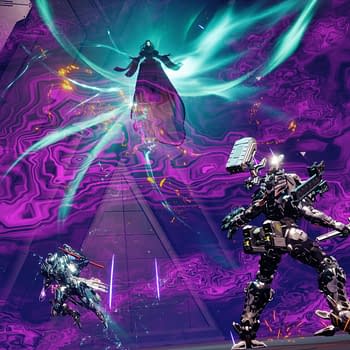Posted in: Games, Video Games | Tagged: anime, Game Freak, Neuroscience, nintendo, pokemon, Pokémon Blue, Pokémon Red, Pokemon Trading Card Game, pokemon yellow
Pokémon May Have Hacked Your Brain as a Child
Nintendo and GameFreak's Pokémon franchise have become an unstoppable gaming juggernaut over the years, but for children who grew up with the games and anime, the pixelated sprites may have had some lasting effects on their brain.
A recent scientific study into the neuroscience of Pokémon indicates that children who grew up with the characters have a specific brain region designed for recognizing Pokémon. All humans have face and place-specific regions of the brain which are designed to recognize visual information that fits a particular schema of what a face or place looks like. The facial recognition region, called the fusiform face area, is partially responsible for why we tend to see faces in inanimate objects, like toast.
That Pokémon have become so prolific that children raised with the franchise have a Pokémon-specific brain region is kind of awesome. But also a little bit terrifying.
The study abstract lays out the findings in a pretty succinct manner:
The functional organization of human high-level visual cortex, such as the face- and place-selective regions, is strikingly consistent across individuals. An unanswered question in neuroscience concerns which dimensions of visual information constrain the development and topography of this shared brain organization. To answer this question, we used functional magnetic resonance imaging to scan a unique group of adults who, as children, had extensive visual experience with Pokémon. These animal-like, pixelated characters are dissimilar from other ecological categories, such as faces and places, along critical dimensions (foveal bias, rectilinearity, size, animacy). We show not only that adults who have Pokémon experience demonstrate distinct distributed cortical responses to Pokémon, but also that the experienced retinal eccentricity during childhood can predict the locus of Pokémon responses in adulthood. These data demonstrate that inherent functional representations in the visual cortex—retinal eccentricity—combined with consistent viewing behaviour of particular stimuli during childhood result in a shared functional topography in adulthood.
Of course, the study isn't specifically geared toward proving that we have specific Pokémon brain areas, but rather to test a theory that the brain parses information differently based on whether or not you're looking at a subject head on or with your peripheral vision. That theory is called "eccentricity bias" and could be rather difficult to test in children, but of course, the Pokémon games, specifically the Game Boy games from the 90s like Pokémon Red, Blue, and Yellow are perfect for the task.
In fact, lead researcher Jesse Gomez has used Pokémon in studies before. Because he himself is a fan.
So never say you can't do both science and video games.


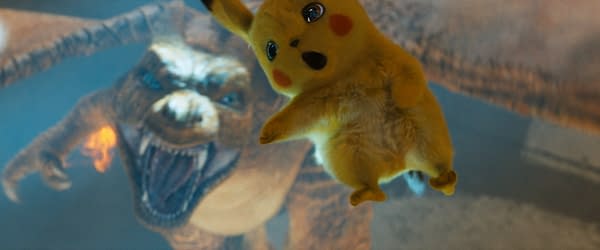


![[REVIEW] "Gang Beasts" is Zany Party Madness](https://mlpnk72yciwc.i.optimole.com/cqhiHLc.IIZS~2ef73/w:350/h:350/q:75/rt:fill/g:ce/https://bleedingcool.com/wp-content/uploads/2019/09/gang-beasts-7-350x350.jpg)

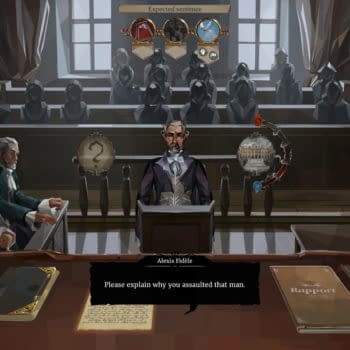

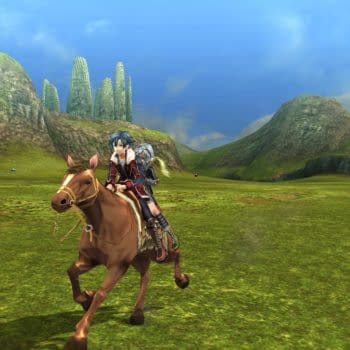
![[REVIEW] "Divinity: Original Sin II" Definitive Edition is Almost Perfect](https://mlpnk72yciwc.i.optimole.com/cqhiHLc.IIZS~2ef73/w:350/h:350/q:75/rt:fill/g:ce/https://bleedingcool.com/wp-content/uploads/2018/08/Divinity-Original-Sin-2-Definitive-Edition-art-350x350.jpg)
